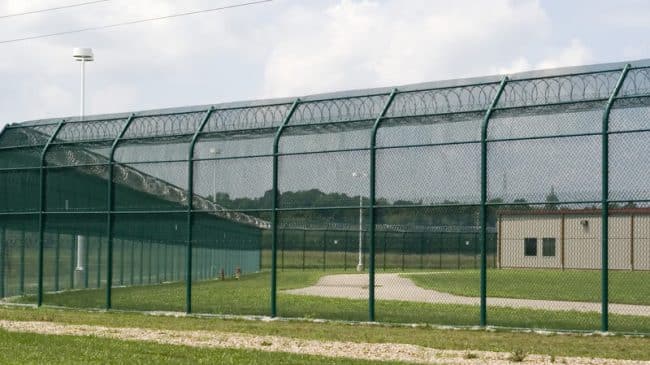It sure looks like California’s prison crisis is going to drag out for at least another two years since a panel of federal judges recently issued an order giving the state until February 2016 to reduce overcrowding in its prisons. In 2011, the United States Supreme Court upheld a federal court order requiring California to reduce its prison population to 137.5 percent of capacity. Since then, federal courts have extended the deadline multiple times as California claimed it couldn’t meet the goal.
That’s because California is barely trying. Since the 2011 Supreme Court decision, California has instituted only one significant measure to relieve overcrowding. The practice, known as realignment, requires those convicted of non-serious, non-violent and non-sex offenses to serve their sentences in county jails instead of state prisons.
Realignment did help reduce the prison population between 2011 and 2012, but it can’t keep up with the state’s growing number of prisoners. At the end of 2013, California’s prison population was higher than it was at the end of 2012. The California Department of Corrections and Rehabilitation estimates the prison population will increase by more than 10,000 inmates over the next six years.
Plus, realignment doesn’t actually address the roots of California’s overcrowding problem – its sentencing laws and high recidivism rates. Instead it simply transfers the burden of overcrowding from the state to county level.
Failure to adequately reduce state prison overcrowding means some facilities are still providing woefully inadequate care, and conditions have even endangered the lives of inmates and staff.
Overcrowding is also to blame for outbreaks of Valley Fever, a deadly fungus borne illness, which has killed three prison employees and over three-dozen prisoners while sickening hundreds more at two prisons near Fresno. In response to the outbreak, a federal judge ordered California to move 2,600 inmates to other prisons last fall, further aggravating the overcrowding problem at those facilities.
In exchange for the two-year extension, the court ruled Gov. Jerry Brown must institute additional prison reforms, including increasing the number of credits non-violent second-strike inmates are eligible to earn for good behavior or participation in rehabilitation programs, which would allow them to trim additional time off their sentences for the first time. It also expands parole eligibility for inmates who are medically incapacitated or have served at least 25 years in prison and are over the age of 60. California currently houses more than 7,000 inmates over age 60.
These mandated provisions are simple, effective reforms the state has curiously failed to pursue itself. But like the previous realignment efforts, these reforms mostly nibble at the edges of the real problems. A few straightforward changes to three strikes and drug laws would put the state well on its way to complying with the court orders. California prisons currently house about 3,000 inmates who are serving second-strike sentences for drug possession. These are hardly the dangerous criminals the state prison system was created to house, especially during a time of severe overcrowding.
California has been gifted yet another two years to enact long-term solutions to reduce its chronic prison overcrowding. Hopefully Gov. Brown and state lawmakers are out of excuses and extensions.
Lauren Galik is a policy analyst at the Reason Foundation. This piece was originally published by the Orange County Register.

